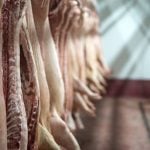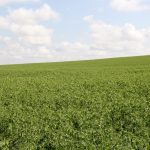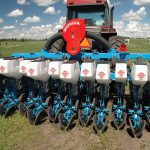Many of you already include pulses in your crop rotations, so you’re well versed on the benefits to your operation of planting lentils, dry peas, dry beans, chickpeas and faba beans. I have found Pulse Canada and the three Prairie provincial pulse grower associations are packed with useful agronomic information about successfully growing pulses. In […] Read more













